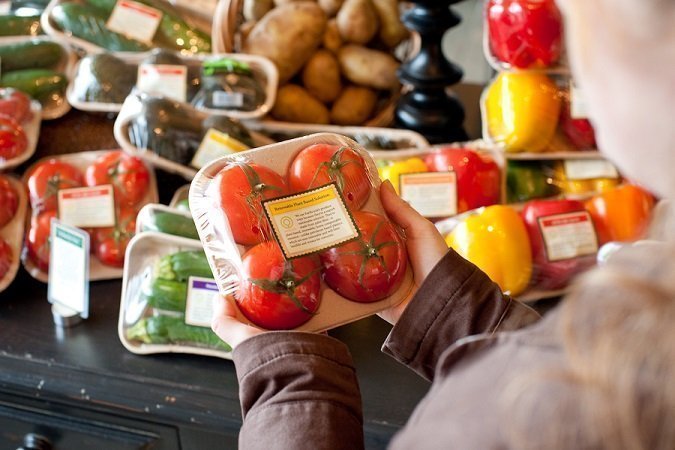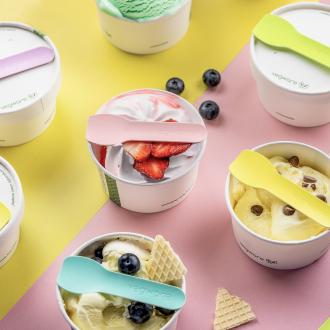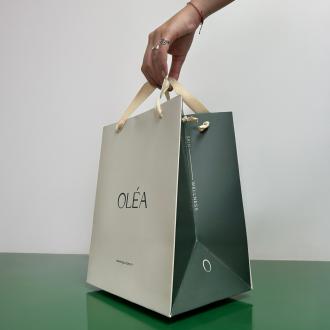What do you really know about the packaging your food is found in?
Have you ever stopped for a moment and considered what the material that surrounds our food is made of, how it effects the food it touches or its impact on your health - and the wider environment?
Think about the extensive array of food packaging that bombards you in every supermarket you visit.
Endless rows packed to the brim with plastic jars and containers, plastic food bags - holding sandwiches, salads and other ready to eat meals - transparent tubes, waxy paper, durable boxes, tins, expanded polystyrene trays, silver aluminium trays and many others.
And whilst the containers have stuck on them a list of ingredients that the food products stored in them contains;
“Food packaging chemicals are not disclosed, and in many cases we don’t have toxicology or exposure data,” explains Maricel Maffini, an independent scientist and consultant who specializes in food additives research.
We pay so much attention to the health value of the food we are purchasing that we often neglect to give thought to whether the packaging that food comes in is possibly interacting with that food in a harmful manner.
But modern consumer food packaging has advanced.
Innovative research has revolutionized the type of materials that can go into the containers that food is stored in.
So much so that Ensia reports that by 2014, ‘upwards of 6,000 different manufactured substances were listed by various government agencies as approved for use in food contact materials in the U.S. and Europe — materials that can legally go into consumer food packaging, household and commercial food containers, food processing equipment, and other products’.
And yet concerns still remain as to the gaps and lack of adequate information that exist as to what the impact on health and the environment these substances have or just how safe they are.
So in the absence of labelling requirements in terms of food packaging, how are food service companies and manufacturers of packaging reacting?
Food Service Companies
According to Be Green Packaging, ‘in light of the current research on packaging, many food service establishments have begun to embrace “healthier” packaging alternatives that are devoid of the negative health impacts associated with traditional plastic packaging. In particular, trends in food grade packaging suggest a shift towards sustainable, “petroleum-free” packaging. Consumers are increasingly demanding packaging that is sourced from natural materials and manufactured with as few chemicals as possible’.
Manufacturers
There are also an increasing number of manufacturers who are striving to find ways to produce renewable and biodegradable packaging.
Further, much is being done to increase environmental awareness on an international scale and this green movement is seeing more companies turn to sustainable or environmentally friendly packaging for their products.
Plant-fiber packaging in particular shows some promise as an ideal type of food-grade packaging due to its fine balance between function, sustainability, and price.
So aside from renewable and recyclable packaging materials, manufacturers are also making use of biodegradable packaging that breaks down easily in soil or the atmosphere.
One such biodegradable material that is becoming increasingly popular is bagasse, a fully compostable and fibrous matter that remains after sugarcane or sorghum stalks are crushed to extract their juice.
Dynamec
At Dynamec, we strive to source and deliver packaging solutions that reduce the impact of our ecological footprint and continuously endeavor to manufacture or source a range of packaging alternatives made of materials that are a healthier substitute to conventional sources such as our bagasse range, biopacks and the new range of paper straws.





